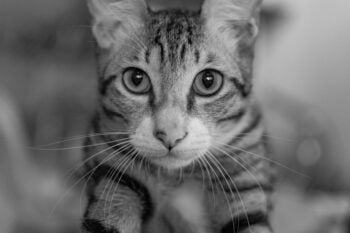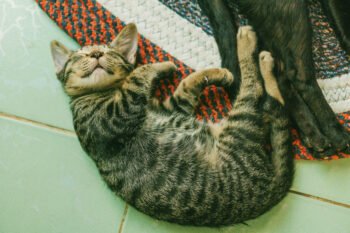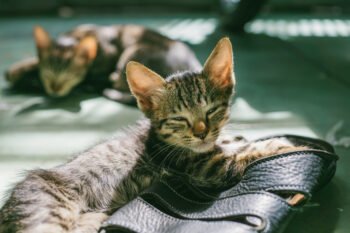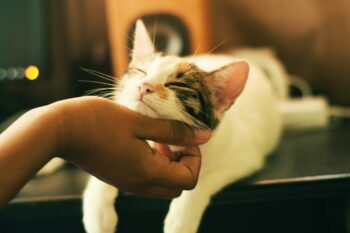When it comes to cats, acupuncture is both very old and very new. While the first textbooks on acupuncture were published 2,300 years ago, it wasn’t really applied to small animals until the 1950s. And veterinarians weren’t officially certified in acupuncture until the late 1970s.
In cats, acupuncture is used to treat almost any physical disorder, but is especially useful for allergies, skin diseases, bowel problems, immune disorders (such as asthma and FIV), liver and kidney problems, high blood pressure, arthritis and management of chronic pain. It is not as effective in treating cancer (although it can alleviate the side effects of some cancer therapies) and different veterinarians report different results when using it for endocrine and hyperthyroid problems and as an aid in managing diabetes.
Acupuncture is one of the practices of traditional Chinese medicine. To understand how it works, we must first look at how Chinese medicine views the body. When an animal is healthy, there is an unimpeded circulation of life force, called qi (pronounced chee) along well-defined channels in the body. These channels are called meridians. Disease is caused by an imbalance or blockage of the flow of qi. An acupucturist can manipulate the flow of qi by stimulating specific points along the meridians. This is traditionally done with very thin needles, but acupuncturists are now also using lasers and injections of sterile solutions to stimulate acupuncture points.
Because acupuncture stimulates the body to heal itself, it doesn’t work overnight. A course of treatment usually requires six to eight visits to an acupuncturist, and chronic conditions such as arthritis may require monthly visits for the life of the cat. The major advantages are that it is noninvasive, has no side effects and seems to work when more conventional medical therapies do not.
While many Western-trained doctors and veterinarians are not entirely comfortable with acupuncture because it has not been tested in extensive clinical trials using Western research methods, acupuncture practice is based on thousands of years of observation and experience and has been used to treat hundreds of millions of patients — both two-legged and four-legged. The American Veterinary Association’s Guidelines on Alternative Therapies state, “acupuncture [is] considered a valid modality, but the potential for abuse exists” and that “extensive educational programs [should] be undertaken before a veterinarian is considered competent to practice acupuncture.”
The International Veterinary Acupuncture Society is currently the main body certifying veterinary acupuncturists, and only licensed veterinarians may apply for certification. The requirements include 120 hours of coursework and a 40-hour internship. To find a qualified veterinary acupuncturist in your area, visit the International Veterinary Acupuncture Society’s web site at or its American affiliate, the American Academy of Veterinary Acupuncture, at .







